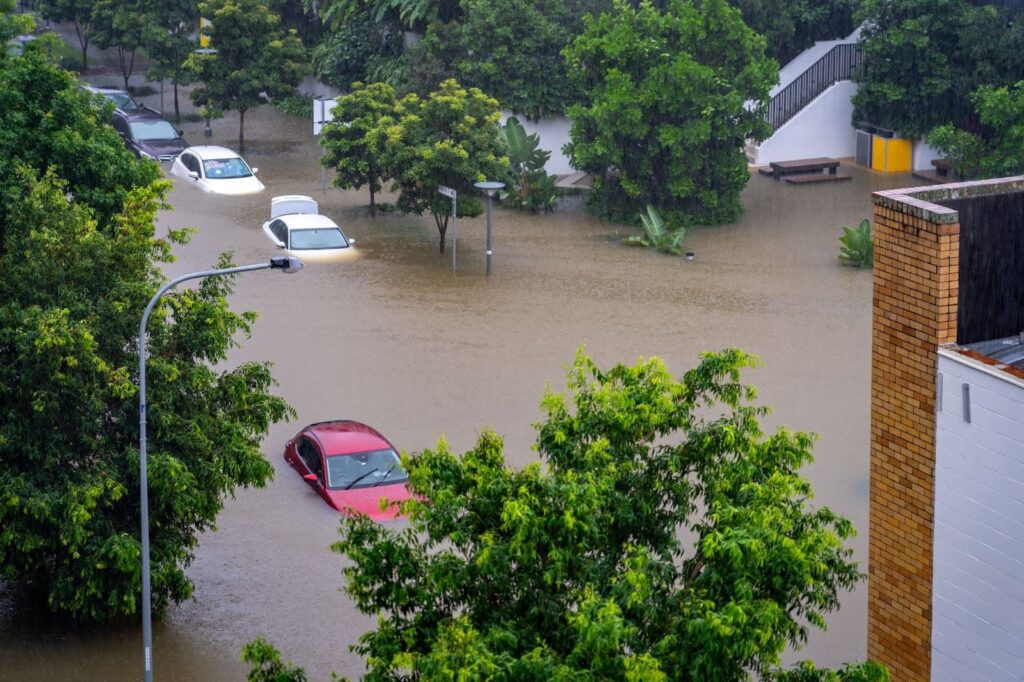A Wet Spring in Australia is Predicted Despite the End of La Niña
The end of La Niña may have been announced but the likelihood of a wet spring is still high. This is good news for grain growers who have experienced significant biomass growth during a wet autumn and do not want to suffer from the disadvantages that a dry spring would bring.
It seems as though they will have the moisture levels required to sustain the high biomass levels. There are several reasons why a wet Australian spring is predicted across most of the country including warmer than average sea surface temperatures and the potential return of La Niña.
Key points
- The likelihood of a wet spring in Australia is high despite the end of La Niña.
- It’s possible that La Niña will re-form to create a rare “triple La Niña” event.
- Even if La Niña does not re-form, higher than average rainfall predictions will not change.
- Sydney has already received 126% of its expected average rainfall for 2022.
Bureau of Meteorology (BoM) predicts 50% chance of La Niña re-forming
According to the Bureau of Meteorology (BoM), there is a 50/50 chance that La Niña will re-form later in the year.
Back-to-back La Niñas are not especially uncommon having happened around half the time since 1900. However, if La Niña does return it will be the third time in a row that rains and cooler weather will have been brought to the country during the summer months as a result of a La Niña event.
This is a relatively unusual occurrence and there is real potential of it happening.
Rare triple La Niña a clear possibility
According to the BoM’s head of long-range forecasting, Dr Andrew Watkins, having a La Niña event happen three years in a row is rare but it can happen. This has been the case three times since the middle of the 20th century.
La Niña events, like those that have occurred over the past two years, make it more likely that there will be above average rainfall in winter and spring across most of northern and eastern Australia.
So, If the rare “triple La Niña” is experienced again for 2022-2023, this could lead to more records being broken. This follows Sydney experiencing its wettest summer for 30 years in 2021-22 and its wettest March ever recorded. Already this year, Sydney has received 126% of its expected average annual rainfall.
Of course, it’s far from certain that La Niña will re-form but there are some indicators that this will happen. Although most climate models predict that El Niño–Southern Oscillation (ENSO) will continue to be neutral for the remainder of the winter, four of the seven models suggest that La Niña may return in spring. The other three models suggest that ENSO will continue to be neutral when spring arrives.
La Niña watch status does not change overall forecast for above average rainfall
Whatever happens with La Niña, the outlook for above average rainfall in Australia does not seem likely to change.
The BoM’s predictions agree with other models in suggesting that rainfall will be higher than normal as a result of several drivers including warmer waters around the country and a negative Indian Ocean Dipole (IOD).
A negative IOD increases the likelihood of above average rainfall in most parts of Australia during winter and spring. It also makes it more likely that the temperature will be warmer than average in northern Australia.
The Southern Annular Mode (SAM) index can also influence weather conditions in the country. Currently it’s positive and it could potentially return to neutral in the short term. Positive or neutral SAM values are expected to be maintained throughout July. They have a drying influence in areas of south-west and south-east Australia so they may help to reduce rainfall in those areas in the short term.
However, the weather outlook for most of Australia is for higher rainfall levels. In many cases, this rainfall will come as the result of high intensity short duration events. This has become more common as a result of global warming and is especially the case in northern Australia.



